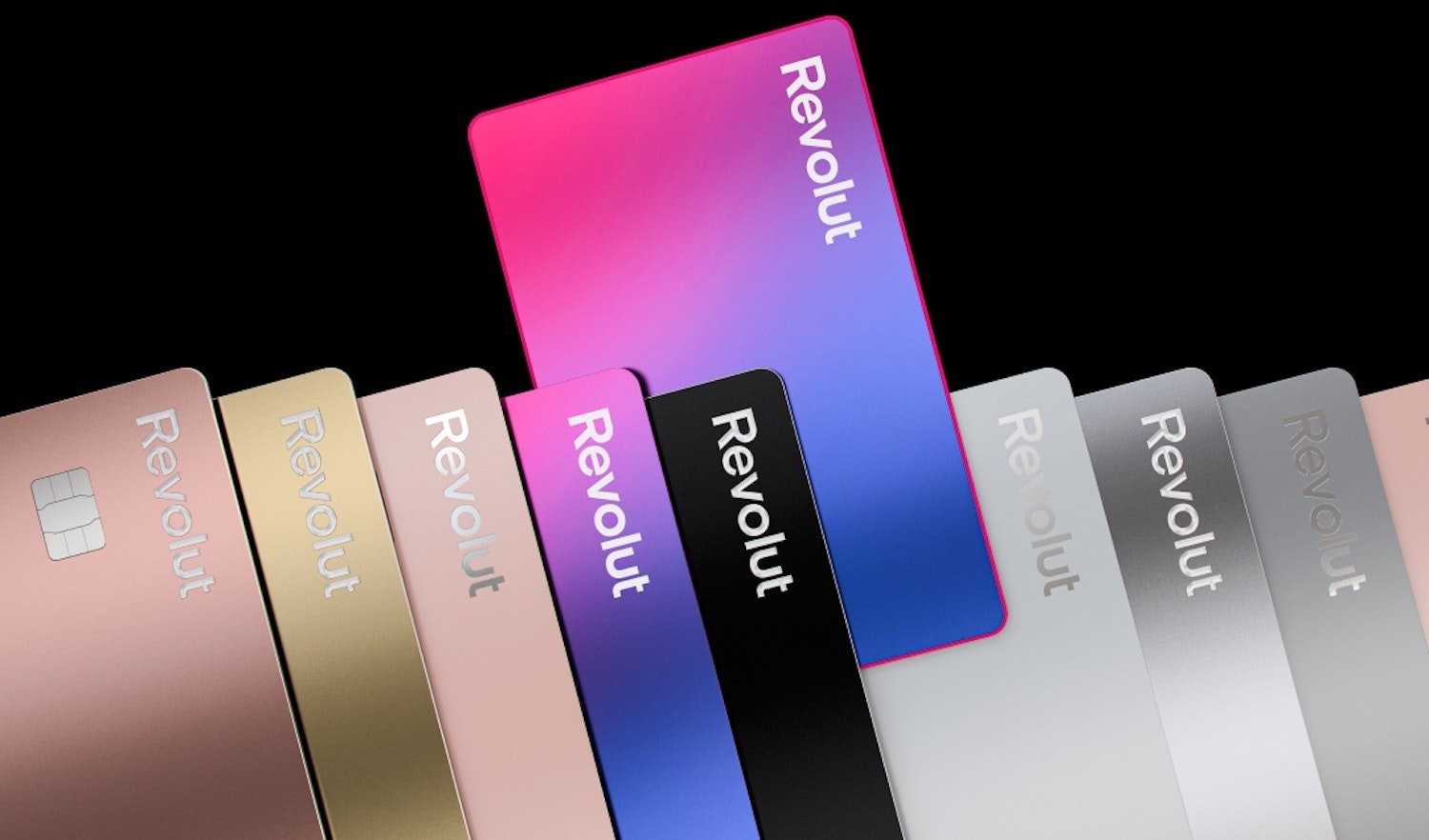Revolut’s plans to enter the $200bn ‘stablecoin’ market has hit some speedbumps, two people familiar with the financial superapp’s crypto operations tell Sifted. Regulatory red tape is holding up the project, one of the people familiar with plans said.
Both of the people suggested it was possible that the project might not materialise, much like the self-custodial crypto wallet and native token previously touted by CEO Nik Storonsky in 2022. Revolut declined to comment.
If the plans do come to fruition, Revolut will join a throng of fintechs cashing in on the crypto comeback. Last year, PayPal became the first major fintech to launch its own US dollar stablecoin; and in November this year, US-based trading fintech Robinhood revealed it’s working with crypto exchange Kraken to launch a dollar-backed stablecoin.
Stablecoins are a type of cryptocurrency pegged to the value of a fiat currency that are largely used by traders to more easily convert between different tokens. Earlier in December, stablecoin circulation hit a record high of over $200bn as the price of crypto assets such as Bitcoin also hit new peaks.
Revolut’s stablecoin is expected to be denominated in Euros, according to the two people familiar with the plans. That means it will have to comply with the European Union’s new Markets-in-Crypto-Assets (MiCA) regulation, which includes stringent requirements on stablecoins.
Along with the compliance burden, crypto industry watchers question how Revolut can take market share from the current dominant stablecoin issuers — Tether’s USDT and Circle’s USDC together make up more than 80% of the market — as well as the utility new entrants could provide.
Revolut’s digital asset love affair
Revolut’s plans to issue a Euro-denominated stablecoin have emerged at a time when crypto is no longer a significant moneymaker for the company.
In a financial statement obtained by Sifted, Revolut Digital Assets Europe, the fintech’s crypto entity in the European Economic Area (EEA), brought in just over €2.5m in revenue for 2023.
While the figures don’t cover its crypto operations in the UK, that’s an inconsequential portion (~1%) of the £1.8bn (€2.17bn) in revenue that the wider group made in 2023 — 65% of which came from countries in the EEA. A Revolut spokesperson declined to comment on its financials relating to crypto. It’s a stark contrast to 2021 when crypto made up around 30% of its total revenue.
Money maker
But if Revolut can make a success out of its stablecoin, crypto could make its comeback on the company’s balance sheet.
“The largest stablecoin issuers are making billions every quarter,” says Adam McCarthy, research analyst at crypto data company Kaiko. “So it makes sense for these fintechs to want to do this if there’s market demand for it.”
Unlike traditional cryptocurrencies which are known for their volatility, stablecoins are designed to maintain a stable value. To do this, issuers typically hold a reserve of the pegged currency that matches the supply of the stablecoin circulating.
Stablecoin issuers typically put the billions of dollars held in reserves in US Treasuries and pocket the interest. Tether, which accounts for over 70% of the global market, says it made a profit of $2.5bn in the third quarter of this year as interest rates soared above 5%.
However, Revolut’s Euro-denominated stablecoin is unlikely to yield such profits. It will have to comply with EU crypto rules stipulated in its Markets-in-Crypto Assets (MiCa) Regulation.
Some of the rules include a requirement that at least 60% of reserves are held in credit institutions in low risk assets that can be easily redeemed by users. This limits how much money Revolut can make from investing in assets to back the coin, says Kaiko’s McCarthy.
That means it’ll have to make money through other means, for example by charging fees on transactions with stablecoins. The EU rules also ban issuers from offering interest payments to stablecoin holders, further limiting potential use cases.
“Regulators within the EU did not want those payment instruments to also be investment instruments,” says Stéphane Daniel, partner at crypto-focused law firm D&A Partners. He estimates that it might also take at least a year for Revolut to get regulated.
Making it work
All of these potential use cases, however, hinge on adoption. Euro stablecoins, compared to their US counterparts, are a fraction of the market, with only $252m in supply compared to $203bn in USD stablecoins.
“I don’t really know if increasing the availability of a Euro-denominated stablecoin will result in people in Europe using more of these types of tokens,” says D&A’s Daniel.
That’s despite high profile launches from the likes of Circle and French bank Societe Generale into the Euro stablecoin market. If Revolut’s stablecoin project gets off the ground, there is a risk that there just won’t be enough features to attract users away from industry gains Tether and Circle.
“Revolut already has a lot of approvals to go and just try it,” says Kaiko’s McCarthy. “The demand might just not be there.”



